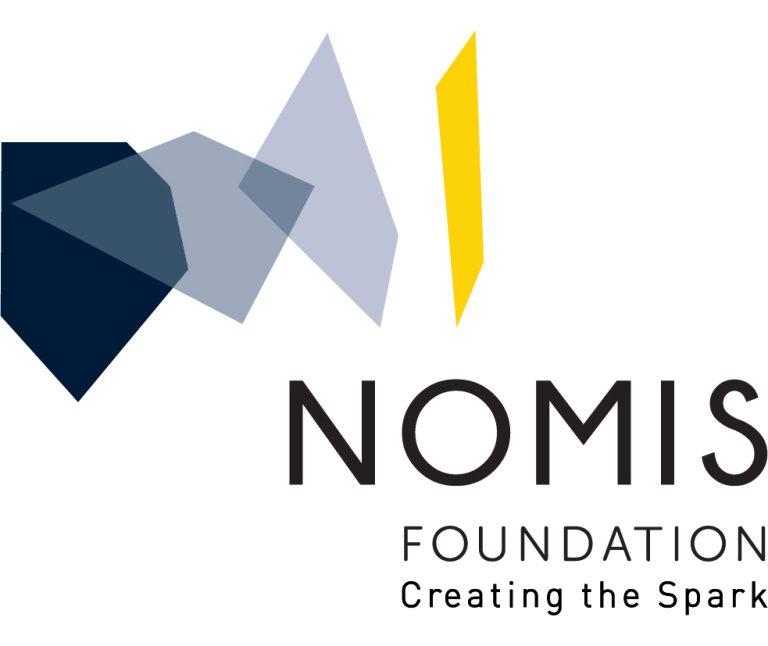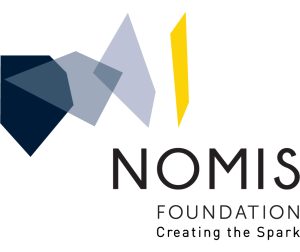The World Data Lab (WDL), along with its research partners, aimed to deploy new methods in data collection, data curation and dissemination, laying the groundwork to advance social and economic research on poverty in the most underdeveloped regions worldwide. The challenge was to convert vast amounts of unstructured data into regular socioeconomic forecasts.
Against this background, the Converting Geospatial Observations into Socioeconomic Data project sought to develop the first-ever sub-national income model for Kenya, which could be subsequently adapted for other countries. By cooperating with local authorities, the interdisciplinary research team aimed to complement geospatial data, as retrieved, for example, from high-definition satellite photographs, with other largely untapped data sources. The researchers sought to generate a new dataset providing granular information on social patterns and income and to share subsequent insights through innovative tools and products.
Founded by economists, including Dr. Homi Kharas, former chief economist at the World Bank, the WDL is a social enterprise with a strong focus on research and has a strategic partnership with the Vienna University of Economics and Business (WU) and the International Institute for Applied Systems Analysis (IIASA). The project was led by Jesus Crespo Cuaresma at the Institute of Macroeconomics at WU.



